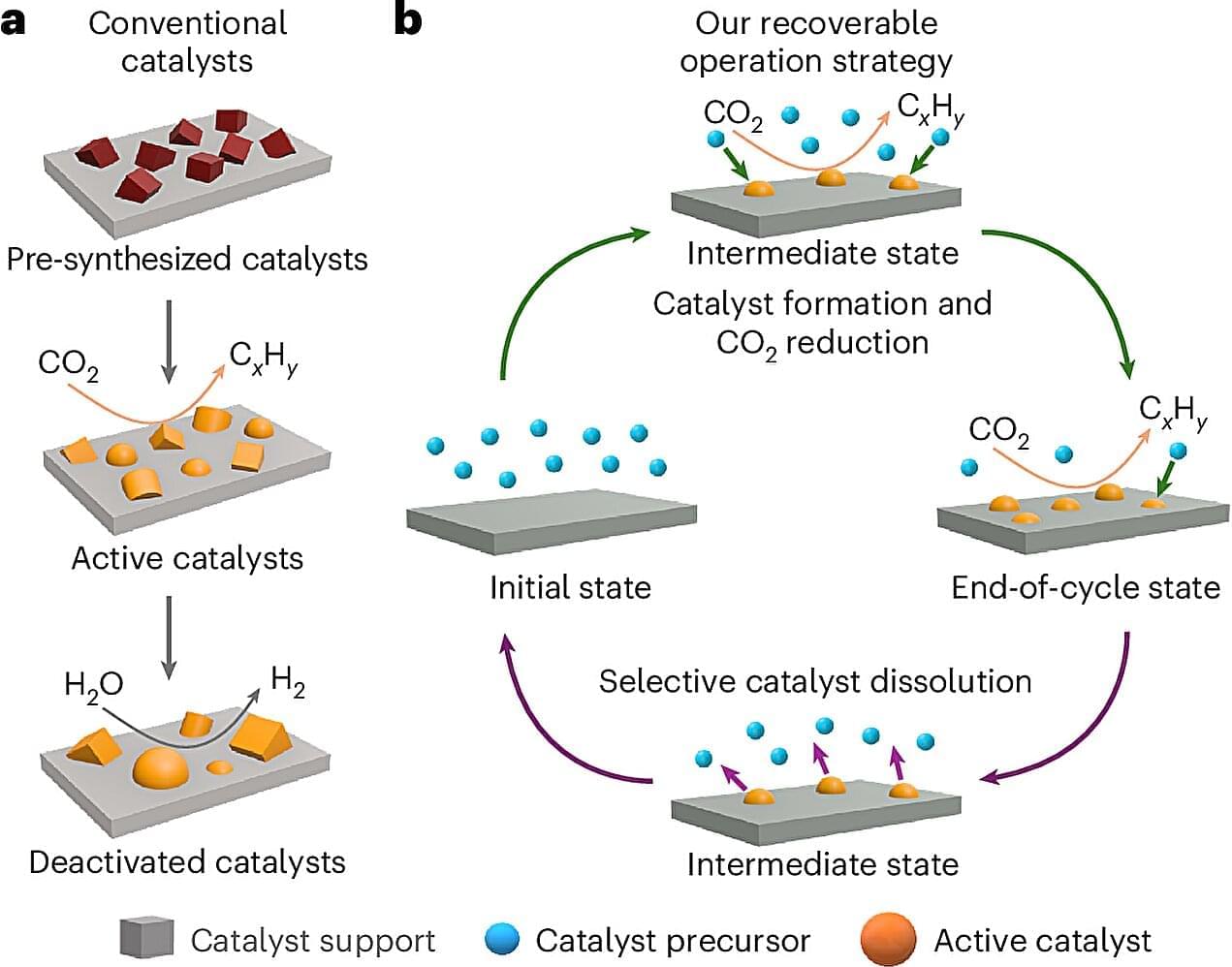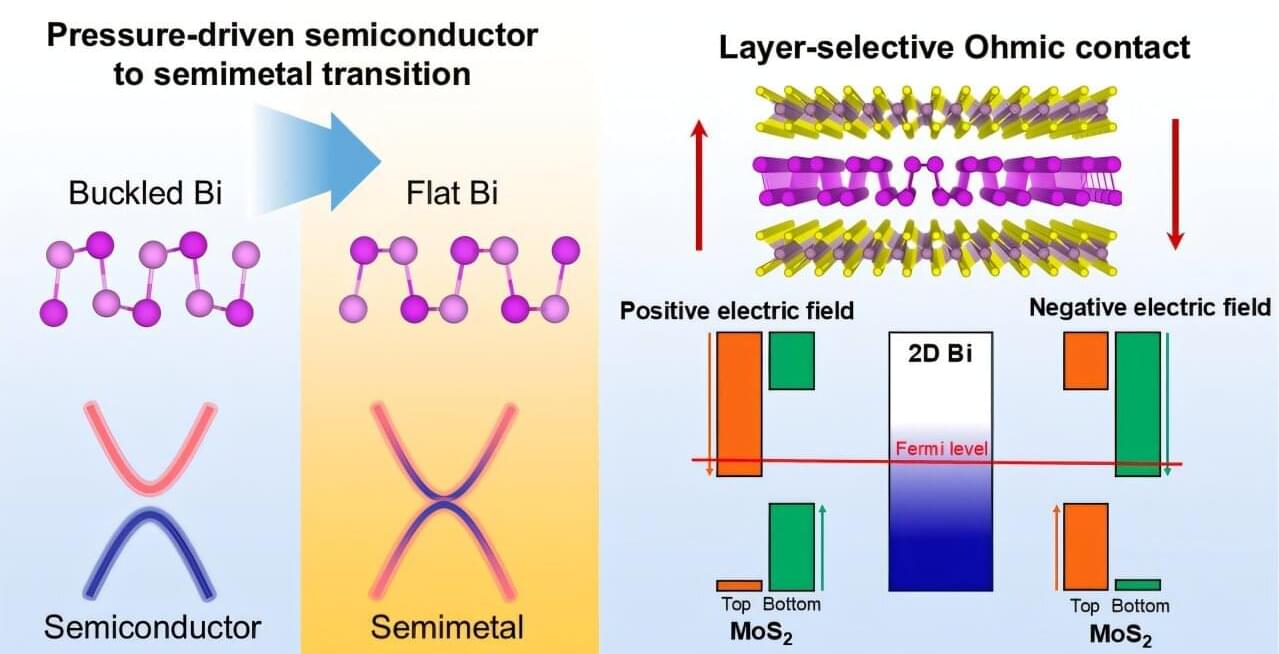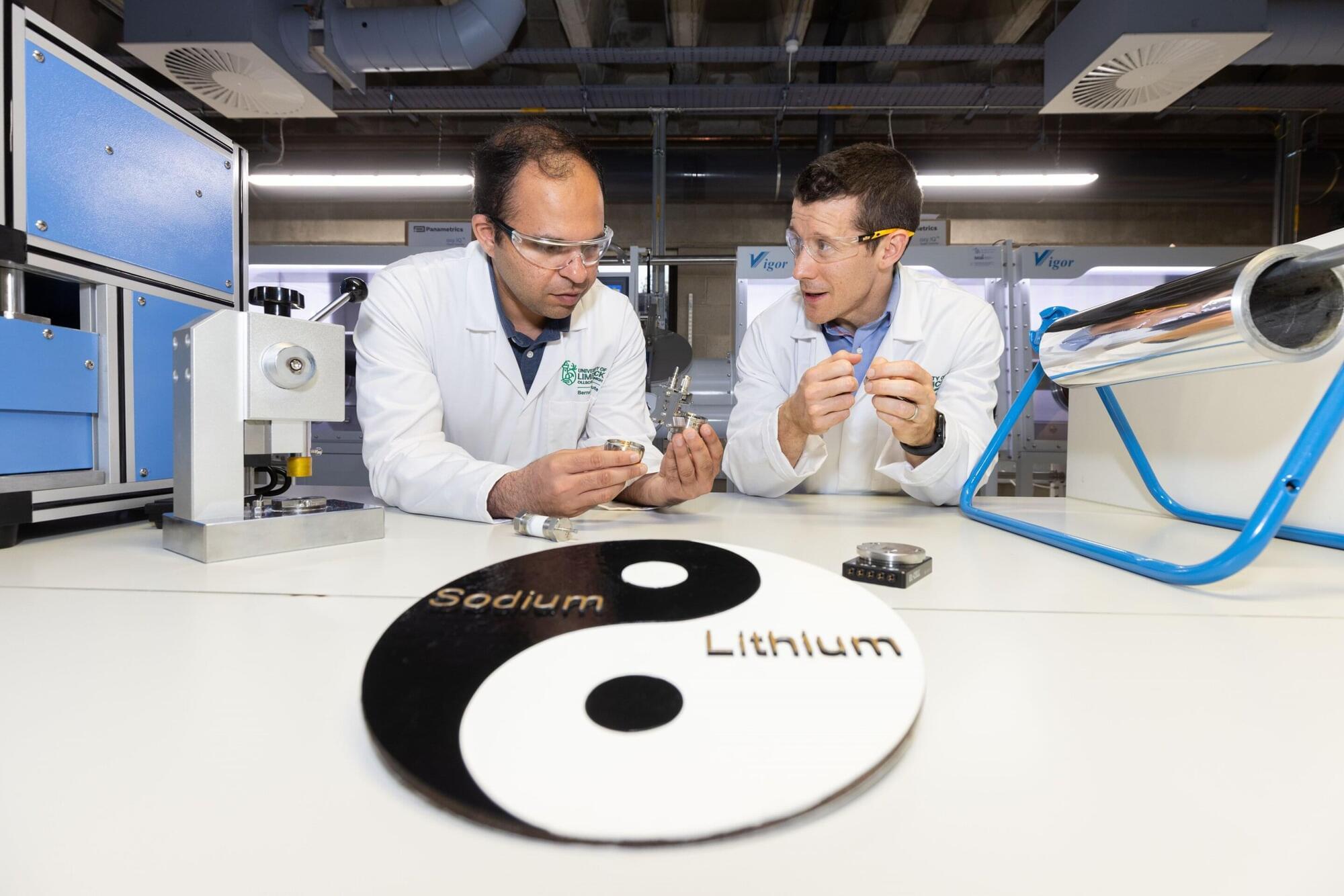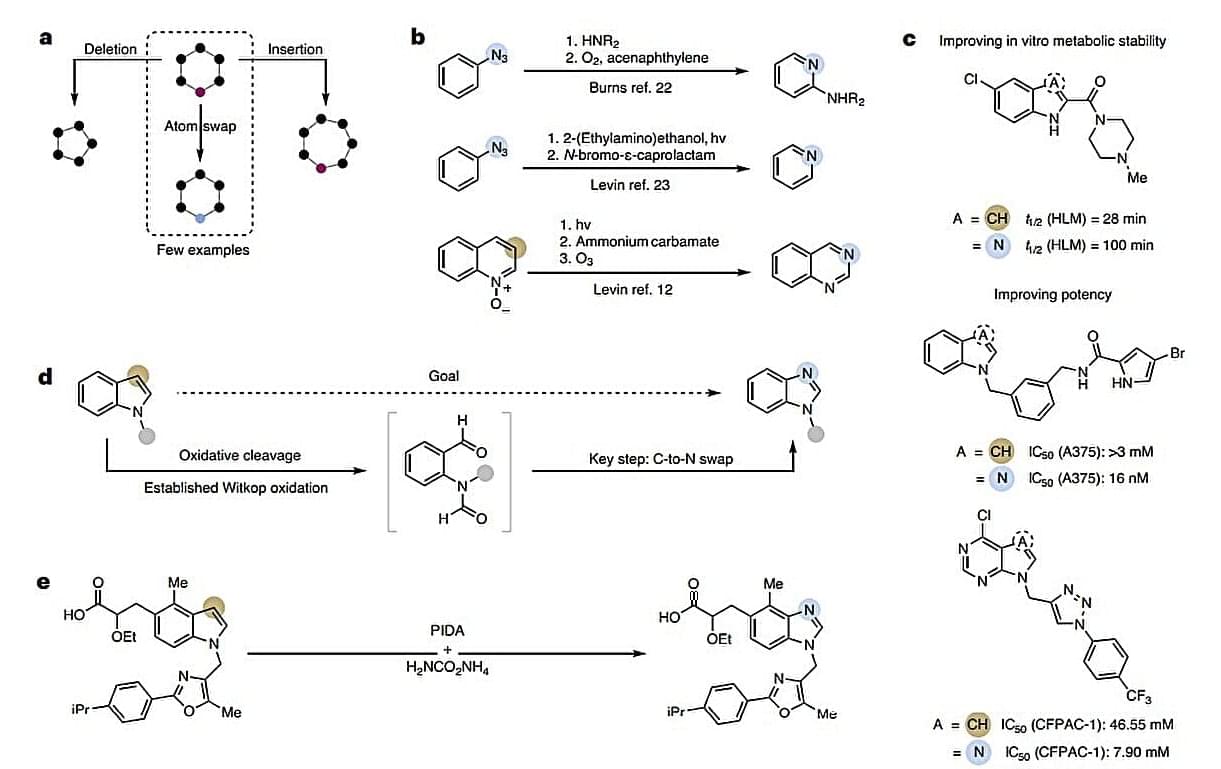Carbon dioxide (CO2) is one of the world’s most abundant pollutants and a key driver of climate change. To mitigate its impact, researchers around the world are exploring ways to capture CO2 from the atmosphere and transform it into valuable products, such as clean fuels or plastics. While the idea holds great promise, turning it into reality—at least on a large scale—remains a scientific challenge.
A new study led by Smith Engineering researcher Cao Thang Dinh (Chemical Engineering), Canada Research Chair in Sustainable Fuels and Chemicals, paves the way to practical applications of carbon conversion technologies and may reshape how we design future carbon conversion systems. The research addresses one of the main roadblocks in the carbon conversion process: catalyst stability.
In chemical engineering, a catalyst is a substance that accelerates a reaction—ideally, without being consumed in the process. In the case of carbon conversion, catalysts play a critical role by enabling the transformation of CO₂ into useful products such as fuels and building blocks for sustainable materials.









